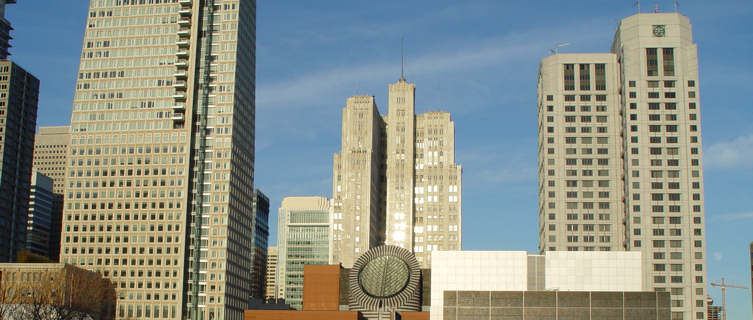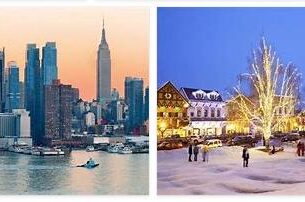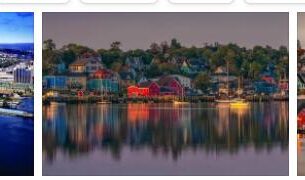City Overview of San Francisco
Alistair Cooke, a reporter and British-born, once aptly described San Francisco as “a happy combination of maritime grandeur and earthly cosiness” – to this day the best summary of this city that proudly sits on the edge of the world.
San Francisco is located on a 120 sq km peninsula that is surrounded by the Pacific Ocean to the west, the Golden Gate Strait to the north and San Francisco Bay to the northeast.
The bay, framed by the Golden Gate Bridge in the west and the San Francisco-Oakland Bay Bridge in the east, has 14 small islands, including Alcatraz, Angel, Yerba Buena and Treasure Island. They are ideal hideaways when you consider the city with the second highest population density in the United States want to escape. Many visitors may find the sight of the homeless crowd uncomfortable, which is attracted by the many charity programs and the mild climate all year round.
Important facts
Area code: 415
Population: 883,305 (2018)
Latitude: 37.780426
Longitude: -122.419350
Weather in San Francisco
San Francisco has a mild, Mediterranean climate all year round. The cold California current ensures cool and almost rain-free summers, which is unusual for these latitudes. September and October are the hottest months. The winters are rather mild and rainy, the temperatures are mostly above freezing. Typical for San Francisco are the morning mist that sweeps over the hills from the sea. The best time to travel is spring, when the temperatures are pleasantly mild. Since the weather can change quickly, you should always have a jacket or sweater with you.
City History of San Francisco
The city was once simply called Yerba Buena (good herb) and was one of many insignificant small fishing villages from the Spanish colonial era with 400 inhabitants. When the region became part of the United States in 1847, the location was renamed San Francisco after an old Franciscan mission nearby. The city grew and developed quickly. The gold rush in 1849 in particular led to an extremely strong immigration of knights of luck with the desperate desire for a new life in the “golden west”.
Immigrants came from all over the world. Thousands of Chinese escaped a famine in their homeland and then lived a hard life building railway lines or mining. Many Japanese immigrants became farmers. Mexicans and Filippinos and slave owners with their black serfs from the south followed later. The slaves soon gained freedom: an early indicator of the tolerant and progressive society that today appears to live in harmony on the 43 hills, such as Nob Hill, Russian Hill, Telegraph Hill and the Twin Peaks, on which this dynamic , pulsating city stands. To this day, she has kept this wonderfully successful blend of natural virtues and human ingenuity,
An earthquake in 1906 led to great destruction. The energetic residents of San Francisco, however, made a virtue of necessity and rebuilt their surroundings with vigor and new ideas: the trams pulled by horses were replaced by the famous cable cars, three of which still run today and which become a landmark San Francisco and have become a national monument of the United States. The Golden Gate Bridge, which was approved for traffic in 1937, opened up new dimensions for the harmonious connection of human work and nature and developed into a symbol of an almost perfect city.
Even today in San Francisco there is a close relationship between materialism and money on the one hand and innovative thinking and radicalism on the other. In the so-called “Summer of Love” in the Haight Ashbury district in 1967, alternative culture and society flourished; Homosexuals fought for a new home where they could live openly and happily, and found it on Castro and Polk Street. Neighborhoods with a unique character such as Chinatown, the largest Asian settlement outside of Asia, Japantown and North Beach reflect the cultural and historical past of the different ethnic groups.
Despite the rapid growth of Internet and software companies located in the South of Market area and nearby Silicon Valley, the city has become quieter. San Francisco is the financial center of the west coast and once had the main Pacific port; most cargo ships are now heading for Oakland. The most important industry is tourism. It brings billion in sales to San Francisco every year.


